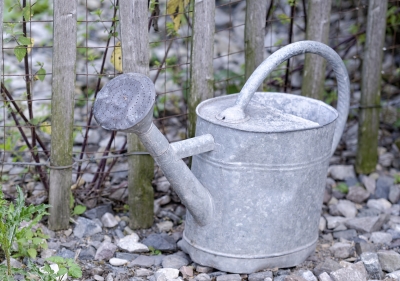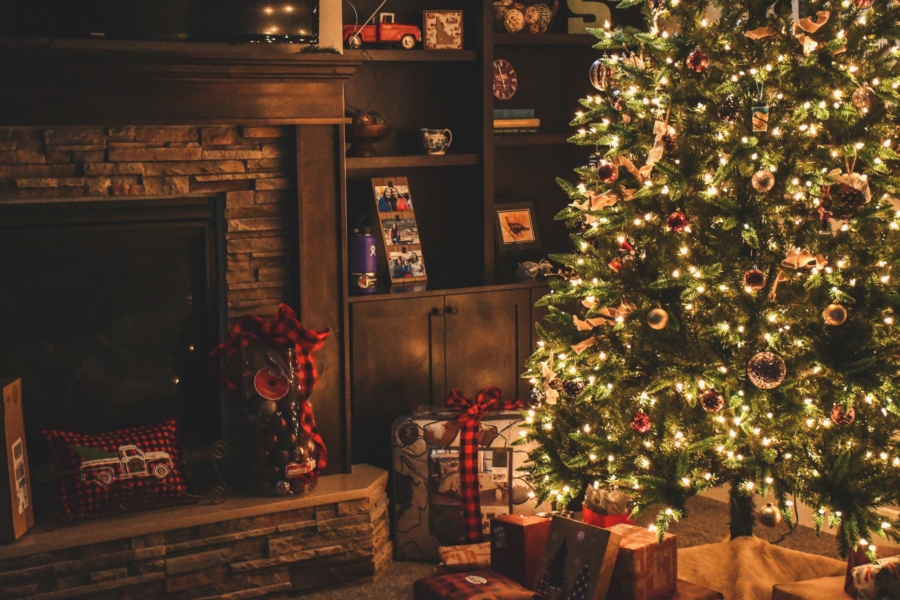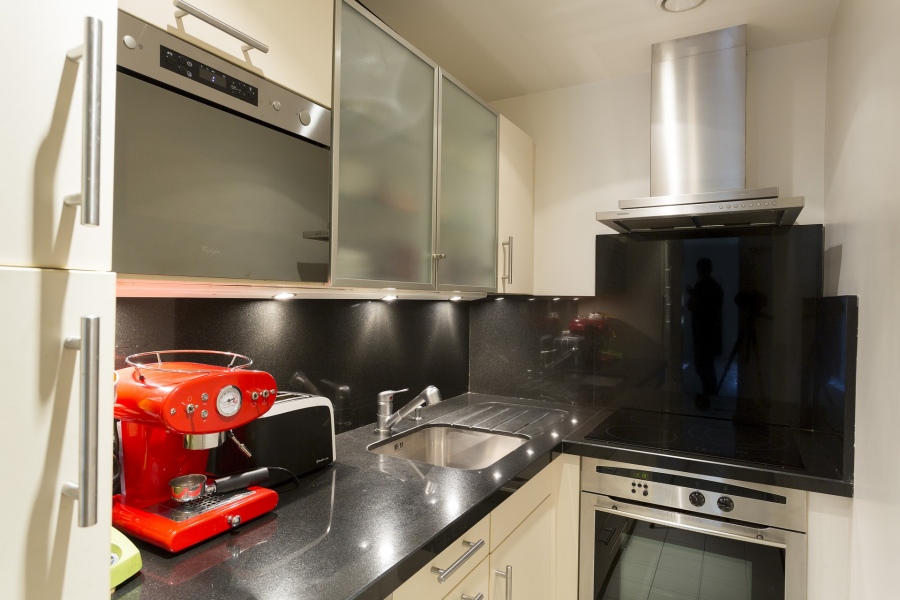Whether you have lived here your whole life, or have moved from another state and want to resume your gardening, it is important to learn about the climate, soil, and other issues that will affect your landscaping. The more you know, the better you can plan your garden, and the better results you will get. Here are just a few helpful tips to get you started in the right direction.
Know Your Soil
Knowing what type of soil you are dealing with is a crucial step in putting together a garden full of healthy, thriving plants. The state has around 30 to 40 different kinds, and even within neighborhoods, the type can vary greatly. So, this means that someone who lives in Denver will need different types of landscape supplies than someone who lives in Colorado Springs.
Getting your soil tested is important, and you can do this at extension offices of universities, such as Colorado State. The extension office will test the sample to determine its pH, organic matter, soluble salts, texture, amount of lime, and the amount of nitrogen, nitrate, phosphorus, zinc, iron, copper, manganese and potassium. Based on the analysis, the office can make recommendations for fertilizer use and how to best manage the soil.
Amend Soil Carefully
It is likely you will need to amend your soil to achieve optimal conditions for your plant life. It can be a challenge in Colorado as the soil here tends to be heavy clay, semiarid and very alkaline. Overloading it with organic matter will lead to a heavy build up of soluble salts—it is best to add it slowly over a period of years. For optimal results, use organic mulches in addition to the organic matter, and don’t overdo it on the rototilling.
Opt for Native Plants
Filling your garden with plants native to Colorado offers many advantages. They are adapted to the climate, average rain fall, and other elements of your area, making them hardier and easier to care for. Between the mountains, foothills and plains of the state, you will find no shortage of plants with which to fill your garden. When choosing your plants, consider your soil, the sun and water conditions, and your elevation.
Examples of native plants include prairie coneflower, desert goldenrod, blue flax, Rocky Mountain penstemon, Apache plume, western sandcherry, and rabbitbrush potentilla. You can learn more about native plants of Colorado by visiting CSU’s extension website.
Familiarize Yourself with the Microclimates in Your Yard
Within a localized area, there can be different climates, referred to as microclimates. Even within a small space as your yard, you probably have at least a couple, and you need to be familiar with them to choose the best plants and put them in the best spot. Some parts may get more wind and sun than others; certain spots will be cooler while others will be warmer. The north side of the house tends to be the coolest and dampest. So, take a walk around your yard to see what you are working with.





